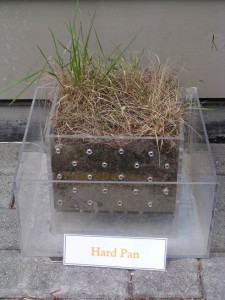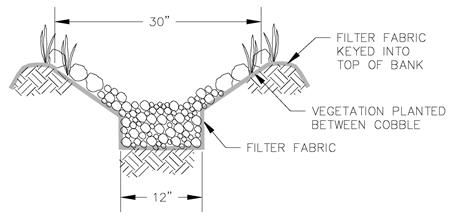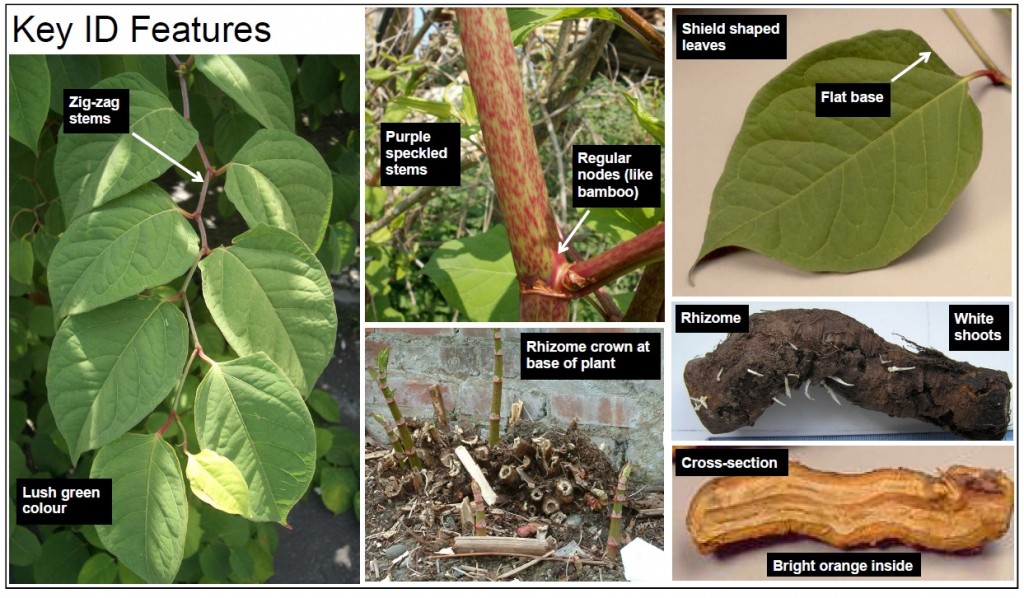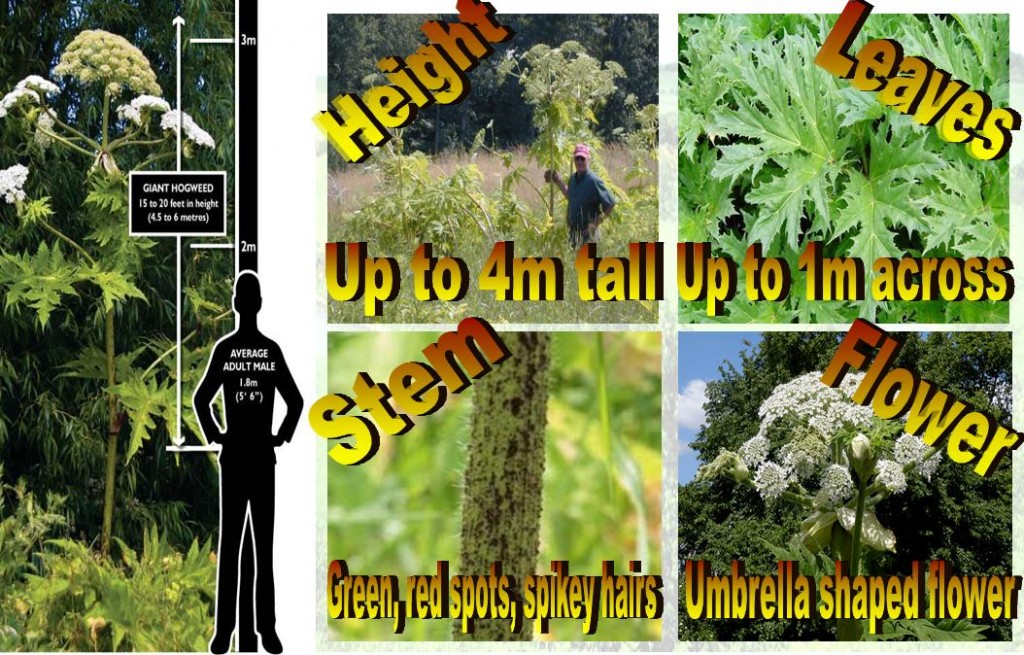Landscaping Mitigation
Final landscape work is done to ensure that exposed soils are covered, vegetation and lawns are established, and the risk of soil erosion is negligible. During final landscaping works, the risk of erosion from stockpiled landscape soils and other products (mulch, gravel, sand etc.) increases if these products are not managed and covered appropriately. Final plant and landscape selections are personal decisions, however, there are many ways in which the local environment can be enhanced and harm to nearby watercourses reduced during the installation and decision making processes surrounding the final landscaping stage of a project.
A priority with respect to final landscape is to landscape to allow for the maximum amount of precipitation to infiltrate the ground as opposed to allowing runoff to generate on paved surfaces. When runoff is generated from precipitation falling on impermeable surfaces, it enters the storm water system and does not infiltrate naturally. Increased runoff can lead to increased stress on the storm water system itself and on the surrounding watercourses that are connected to the storm water system.
An emerging issue with respect to the landscaping phase of construction projects has to do with invasive species. Some invasive plant species, such as knotweed species can grow through concrete and other structures, compromising the stability of these structures. Other invasive species, such as the European Fire Ant and Giant hogweed limit the ability of people to use and enjoy outdoor spaces. Knowing which species are present prior to construction as well as during the landscape phase of a project can help mitigate damage to both homes, outdoor spaces and the local environment.
Planning & Vegetation Selection
Vegetation selection is an important part of the final landscaping process. Native plant species are species that have evolved to thrive in the local environment and are therefore well adapted to the local climate. Native plants provide many benefits including:
- Providing food and habitat values for native species including birds, mammals and beneficial insects
- Providing protection against erosion by holding soil in place with root structures
- Contributing positively to biodiversity of the surrounding environment
- Contributing positively to the local water cycle by slowing runoff, allowing for increased water infiltration and by filtering water
- Reduction in care required due to the fact that native plants are well adapted to their environment and can require less water and maintenance than non-native species
- Aesthetically pleasing benefits
Selecting native plants to install onsite in an important way in which the local ecosystem can benefit from residential construction projects. A local replanting list example is published by the District of North Vancouver.
Installation
Ensuring that sediment and erosion control measures are in place during this phase of a project is required in order to ensure that soil and other material is not washed into the storm water system. This typically means ensuring that all exposed soils are property covered and adequately managed in case of precipitation and the risk of these materials being washed off site.
Lawns & Lawn Alternatives
Traditionally, lawns are installed as a major part of most final landscape projects. While lawns are a traditional choice that many people find aesthetically pleasing, lawns do not provide many benefits to the local environment and might even be detrimental. While lawns are capable of going dormant during our hot summers, most are watered in order to maintain their green aesthetic appeal. Metro Vancouver puts into place lawn watering restrictions to prioritize water usage during the dry summer months. Lawns do not require daily watering and lawns do very well if they are allowed to go dormant and dry during the summer months.
If a lawn is installed, one way to minimize the future watering requirement of the new lawn is to first install an adequate amount of good quality topsoil. When new lawns are installed over hardpan or poor quality soils, they do not grow adequate root structures and therefore require an increased amount of water to survive and to stay green. If lawns are installed good quality topsoil, they will thrive using less water than poorly installed lawns.
Lawns can be detrimental in the following ways:
- Increased water used for irrigation during the dry season
- Pesticides and herbicides are often used to control non-desirable weed species in lawns
- Pesticides and herbicides contribute to non-point source pollution entering into the storm water system, polluting adjacent water courses and watersheds
- Fuel use and potential fuel spills during lawn mowing and other lawn maintenance activities
Lawn alternatives include, but are not limited to:
- Flower, shrub and vegetable beds
- Mulched landscapes
- Groundcover plants that do not require mowing and that are more drought resistant than traditional lawns such as white clover
- Rain gardens and drainage swales
Rain gardens are designed to collect run off from roofs and other paved surfaces in order to allow this water to pool and infiltrate rather than allowing the runoff to enter directly into the storm water system. There are many different ways to build rain gardens but all rain gardens are designed to convey runoff away from the storm water system. Drainage swales are similar in function to rain gardens but do not typically allow for water to pool for infiltration. Both rain gardens and drainage swales can be planted with many different species of plants, which in turn help to filter out many contaminants from surface water and runoff.
A combination of a reduced lawn space combined with some of the above examples can be used to reduce the amount of lawn installed on a lot. Another way to reduce the impact of a lawn is to install the lawn correctly with enough topsoil to allow for proper deep root formation, which can help to reduce water runoff from the surface of the lawn into the storm water system.
Invasive Species
With the ability to ruin structures and the ability to enjoy outdoor spaces, it is important that invasive species be identified and treated correctly throughout the construction process. Prior to final landscape work, mitigation measures involve treating known invasive species, where appropriate, and marking known locations for any required follow up treatments during the course of the project. Early detection, rapid response (EDRR) is the term used to describe the most cost effective way of managing invasive species. EDRR involves quickly finding, identifying and controlling invasive species to halt or slow the spread of these harmful organisms.
With respect to invasive species on the North Shore, it is important to look for and identify any knotweed species or Giant Hogweed present on or near the building site. Depending on the municipality, these species may be treated with pesticide under the appropriate pesticide use permit. The three municipalities on the North Shore have enacted different permit and bylaw requirements to mange invasive species.
District of North Vancouver Pesticide Use Control Bylaw







